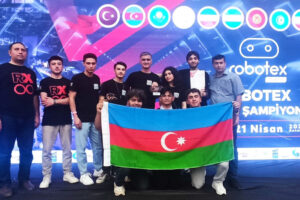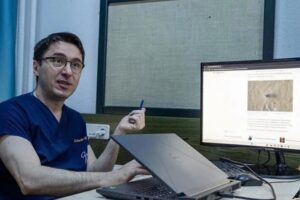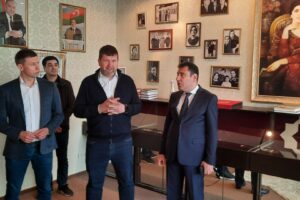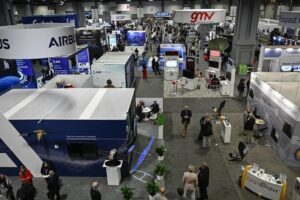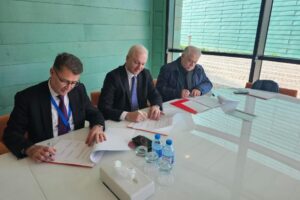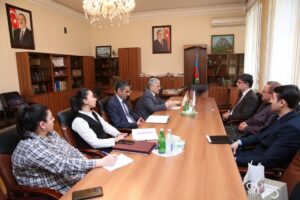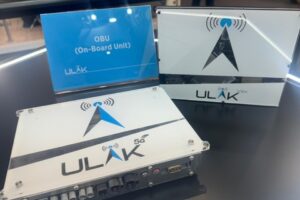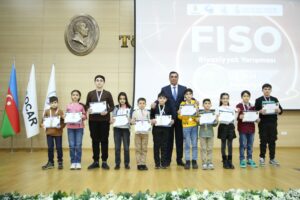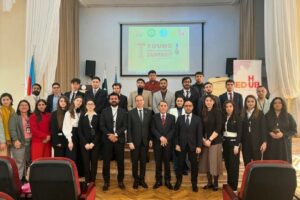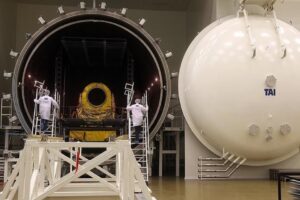Tokyo, 09 February, /AJMEDIA/
Turkish scientists have developed a wearable technology that can simultaneously measure health parameters such as heartbeat, cardiovascular aging, and vascular elasticity, enabling early diagnosis, according to Anadolu Agency.
The fiber sensor-powered wearable technology was designed at Bilkent University’s National Nanotechnology Research Center.
It harnesses wrist or pressure movements for energy, enabling non-invasive continuous monitoring in intensive care units and advanced surgical settings.
The technology was developed by a team led by Mustafa Ordu. He told Anadolu that the system can measure multiple health parameters with a single fiber.
This is a significant advancement over previous technologies, which required multiple fibers to measure different parameters, Ordu added.
He highlighted the center’s versatile piezoelectric and triboelectric fiber production, adaptable to industries like defense and healthcare.
Their latest innovation allows simultaneous measurement of various health parameters using a single fiber, with the system weighing less than a gram and generating its electricity, he said.
“Compared to previous technology which utilized a mesh of fibers, this advancement allows measurement through a single fiber, simultaneously assessing various health parameters including heart rate, blood pressure, cardiovascular aging, vascular elasticity, and respiration,” he said.
Ordu highlighted the lightweight and self-powering nature of the wearable technology, emphasizing its ability to generate electricity from wrist or pressure movements without the need for additional power sources.
Its capacity for external measurements without intravascular insertion makes it suitable for hospital settings, especially in intensive care units and advanced surgeries, offering continuous monitoring benefits to the healthcare sector, he said.
Ordu underscored their aim to deploy the technology in hospitals, particularly in intensive care units and advanced surgical operations, where continuous measurement without intravascular insertion would be advantageous.




